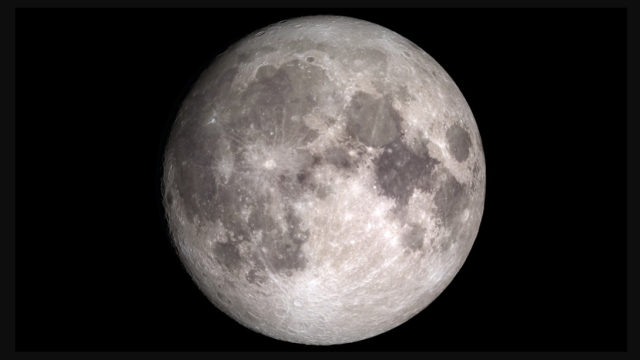Tabloids reported over the weekend that a “bombshell” report found moving water on the Moon which could lead to “Moon colonization.” Obviously those headlines are misleading — there are no rivers flowing along the lunar surface. Let’s talk about what really happened.
NASA’s Lunar Reconnaissance Orbiter (LRO), a probe that has orbited the Moon since 2009, spotted water molecules being absorbed and released from grains of dust on the lunar surface throughout the day, based on the temperature. These results mark the only dataset recording the distribution of water during the lunar day, according to the paper published in the journal Geophysical Research Letters.
While we’ve all come to associate water with life, it’s not strange for water appear elsewhere in the Solar System. Scientists have already discovered evidence of water in the Moon’s rocks, which has likely been there since the Moon former, as well as on its surface, probably deposited by meteors, according to the paper.
The new study, led by Planetary Science Institute senior scientist Amanda Hendrix, analyses data taken by the Lyman Alpha Mapping Project (LAMP), an instrument that measures far-ultraviolet light on the Lunar Reconnaissance orbiter. The researchers analysed the daytime variations of ultraviolet light reflected by the lunar surface from 2009 to 2016. Their results showed a tiny amount of water molecules migrating around the Moon based on the temperature, where the rocks release the most water around noon when the temperature is highest and the water moves to areas with less incoming solar radiation.
There are alternative explanations to explain the results, though. It’s possible that the researchers were instead seeing water forming out of sun-supplied hydroxide molecules, an oxygen atom attached to a hydrogen atom, though they point out that their results are consistent with lab studies of water’s behaviour.
And despite what the tabloid headlines imply, these aren’t flowing streams of water. The molecules make up less than 1 per cent of the molecules on the surface.
Still, more information about water moving around the Moon is exciting stuff. Studies like this could point future scientists toward the places and times to best look for water on the lunar surface.
Hendrix said in a statement: “These results aid in understanding the lunar water cycle and will ultimately help us learn about accessibility of water that can be used by humans in future missions to the Moon.”
